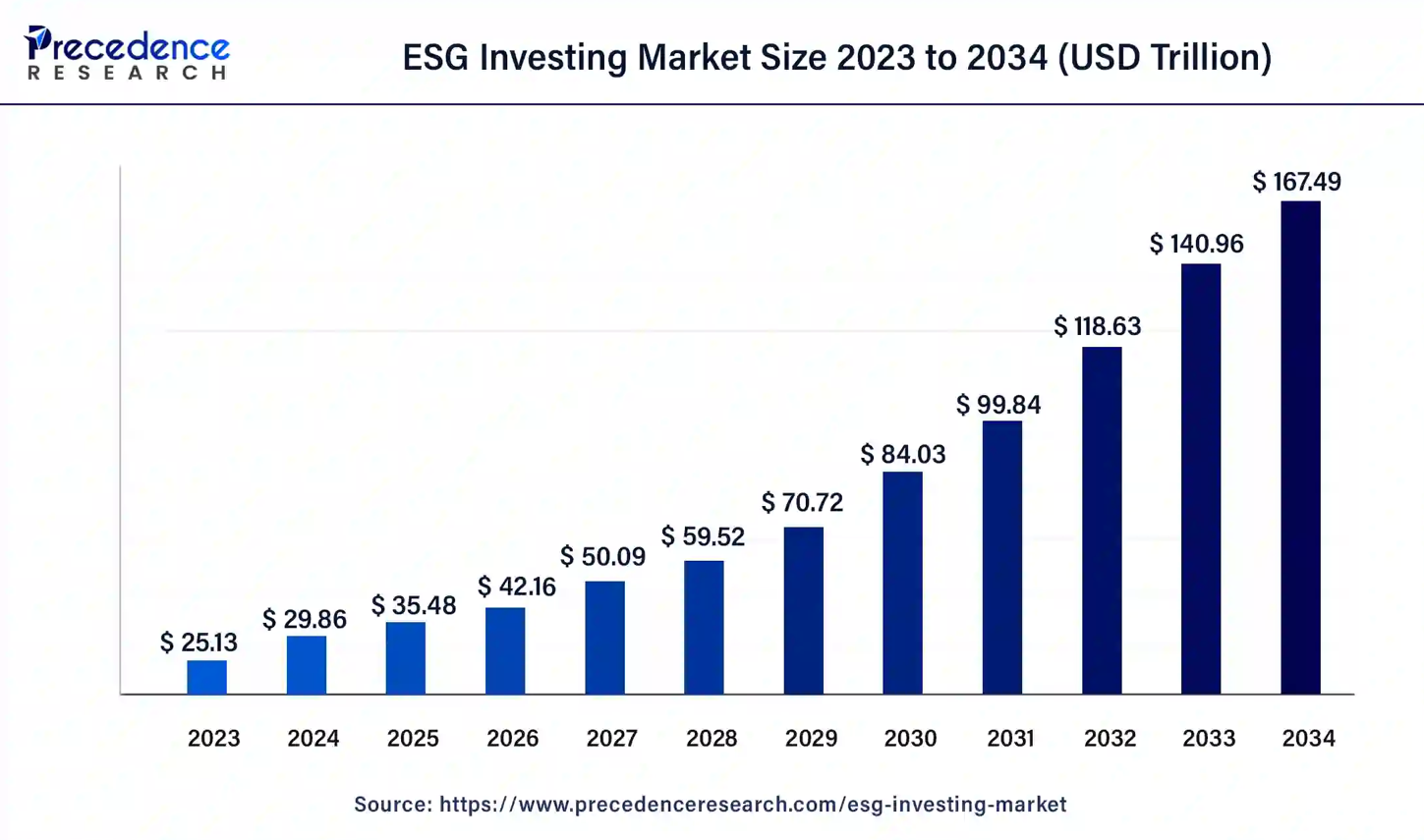The New Era of 2025 Sustainability Reporting: From Passive Compliance to Proactive Value Creation and Competitive Advantage
In recent years, sustainability has become a mandatory course for business survival and growth, rather than an optional choice. As 2025 approaches, the frameworks, regulations, and market expectations surrounding sustainability reporting are entering a new phase. How companies respond will directly impact their market competitiveness and long-term development.
Image source: FREEPIK
1. From Passive Compliance to Proactive Management: The New Role of Sustainability Reporting
1.1 Regulation-Driven Transformation
Starting in 2025, the CSRD (Corporate Sustainability Reporting Directive) will expand to cover over 50,000 companies, requiring more detailed ESG (Environmental, Social, and Governance) disclosures. TCFD (Task force on Climate-related Financial Disclosures) and ISSB (International Sustainability Standards Board) standards will also become stricter, making superficial data insufficient for compliance.
1.2 High Expectations from Investors and the Market
Sustainable investing has become mainstream, and capital markets now focus not only on financial data but also on a company’s sustainability commitments and actions. Asset management giants like BlackRock and Vanguard emphasize the critical role of ESG factors in investment decisions. Companies that still adhere to the mindset of “compliance equals safety” will struggle to gain favor in the capital markets.
1.3 The Influence of Consumers and Brand Value
Today’s consumers care deeply about the values behind a brand. Companies that engage authentically in sustainability can strengthen brand trust, increase customer loyalty, and enhance market competitiveness.
Image source: Precedence Research
2. How Can Sustainability Reporting Create Business Value?
2.1 From Compliance Reporting to Impact Accounting
Traditional sustainability reports often focus on compliance-driven disclosures, resulting in dry content and an overload of data. However, what truly creates a competitive advantage for companies is Impact Accounting. Businesses should assess how their sustainability initiatives impact financial performance—for instance, by reducing supply chain risks, enhancing customer loyalty, and improving employee productivity. By leveraging concrete data and real-world case studies, companies can effectively validate the business value of their sustainability efforts.
2.2 Use Dynamic Data and Build Real-Time Response Mechanisms
Many companies still rely on annual reports to present their ESG performance, but this approach no longer meets market expectations. Leading companies are adopting real-time monitoring systems, leveraging data platforms to track carbon emissions, supply chain risks, and social impact. By regularly publishing updated reports, they enable investors and consumers to stay informed about their sustainability progress in real time.
2.3 Align with Core Business to Strengthen Competitive Advantage
Companies should integrate sustainability reporting with their core business development strategies. For example, Nike’s “Move to Zero” initiative achieved 96% renewable energy usage in its owned and operated facilities by 2023. This effort not only reduced carbon emissions but also accelerated innovation in material technology, strengthening its brand leadership.
Similarly, Unilever has embedded sustainability into its product strategy through its “Sustainable Living Brands” series, which contributed 70% of the company’s revenue growth by 2020. This demonstrates how sustainability initiatives can have a direct positive impact on business performance and enhance market competitiveness.
* Sources:
《 全球「零碳」時代來臨,Nike 前執行長 John Donahoe:全面革新能源戰略,撼動永續未來的序幕!》
《 LVMH實施內部碳定價、聯合利華打造永續生活品牌、元利建設致力於溼地復育……從國際到台灣,這些領導品牌看到什麼永續商機?》
Similarly, Unilever has embedded sustainability into its product strategy through its “Sustainable Living Brands” series, which contributed 70% of the company’s revenue growth by 2020. This demonstrates how sustainability initiatives can have a direct positive impact on business performance and enhance market competitiveness.
* Sources:
《 全球「零碳」時代來臨,Nike 前執行長 John Donahoe:全面革新能源戰略,撼動永續未來的序幕!》
《 LVMH實施內部碳定價、聯合利華打造永續生活品牌、元利建設致力於溼地復育……從國際到台灣,這些領導品牌看到什麼永續商機?》
2.4 Highlight Supply Chain Transparency to Mitigate ESG Risks
Sustainability trends for 2025 indicate that supply chain transparency will become a key factor in gaining competitive advantage. Brands like Apple and Patagonia have already begun disclosing supply chain data to ensure compliance and risk mitigation.
Companies that clearly present their supply chain management initiatives in sustainability reports can significantly enhance market trust and credibility.
Companies that clearly present their supply chain management initiatives in sustainability reports can significantly enhance market trust and credibility.
Image source: FREEPIK
3. From ESG Reporting to ESG Communication: How to Truly Win Stakeholder Buy-In?
3.1 Use Storytelling to Bring Warmth to the Data
Numbers and metrics alone rarely resonate with people. Companies should use stories and real-life examples to make their reports more engaging and impactful.
For instance, Starbucks shares in its sustainability report how small farmers improved their lives through fair trade. This kind of human-centered storytelling approach can significantly enhance the impact of ESG reporting.
For instance, Starbucks shares in its sustainability report how small farmers improved their lives through fair trade. This kind of human-centered storytelling approach can significantly enhance the impact of ESG reporting.
3.2 Enhance Readability Through Multimedia Presentation
Traditional PDF reports have limited impact. Companies should consider creating interactive reports, short videos, or infographics to increase audience engagement and accessibility.
For example, IKEA uses digital platforms to present visualized data, allowing consumers to more intuitively understand the brand’s sustainability commitments.
For example, IKEA uses digital platforms to present visualized data, allowing consumers to more intuitively understand the brand’s sustainability commitments.
3.3 Build Two-Way Communication Mechanisms to Foster Trust
Companies should provide open communication channels that allow for active interaction with stakeholders—such as through social media, Q&A platforms, or online forums.
This transparent and open-minded approach helps transform ESG reports from one-way self-promotion into a genuine foundation of trust.
This transparent and open-minded approach helps transform ESG reports from one-way self-promotion into a genuine foundation of trust.
4. Conclusion
Sustainability reporting in 2025 is no longer just a corporate obligation—it is a strategic key to competitive advantage. Companies that continue to treat it as a routine task will eventually be left behind in the market.
In contrast, those that leverage sustainability reporting as a tool for value creation will stand out in an increasingly competitive landscape. The future belongs to businesses that can closely integrate sustainability with commercial value—and that transformation must begin now.
In contrast, those that leverage sustainability reporting as a tool for value creation will stand out in an increasingly competitive landscape. The future belongs to businesses that can closely integrate sustainability with commercial value—and that transformation must begin now.
Is your company ready to meet the new ESG challenges?
Hall Chadwick Taiwan has extensive experience in ESG financial consulting and can assist your company in building a sustainability reporting framework that aligns with the latest regulatory requirements.
If you have any questions regarding the 2025 ESG financial disclosure requirements, feel free to contact us.
If you have any questions regarding the 2025 ESG financial disclosure requirements, feel free to contact us.



